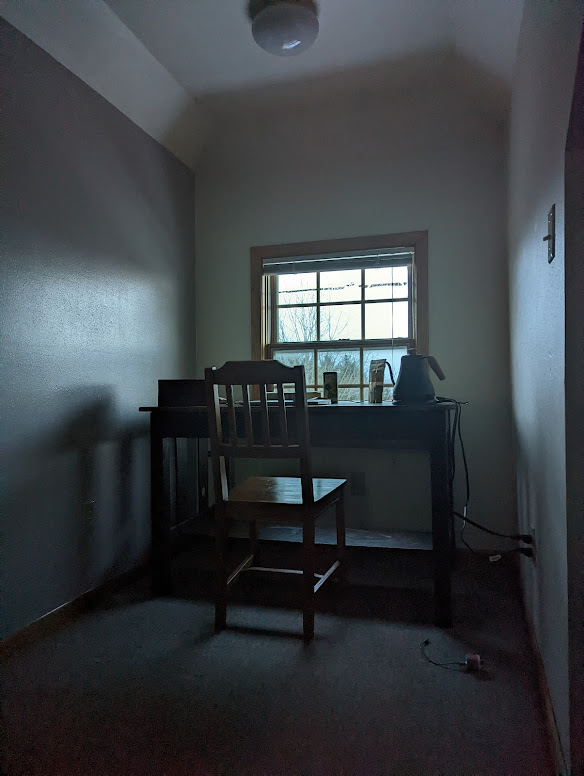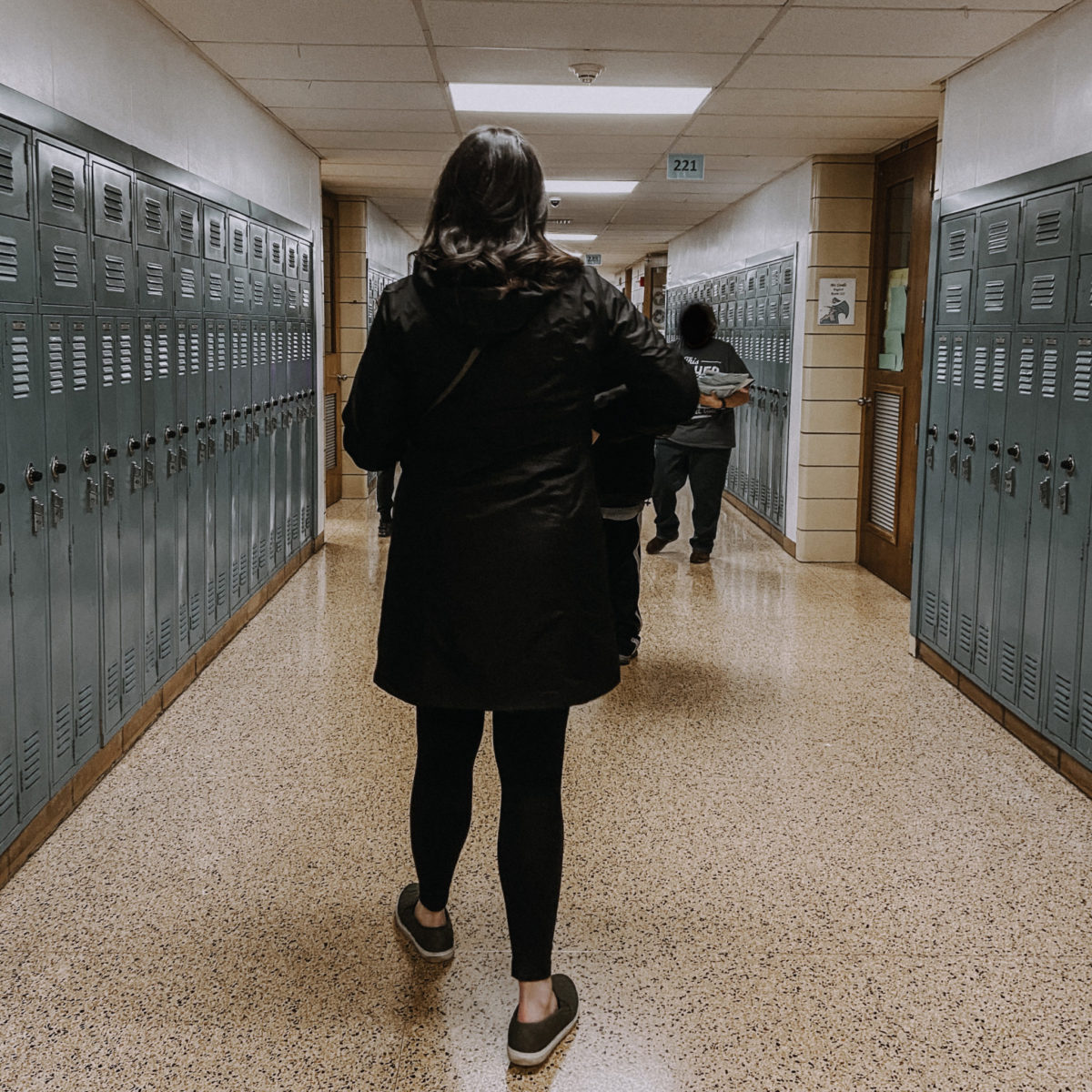On any given day, I am shadowing newly transitioned students at Ponitz Career Technology Center, a career and technology high school, apeeting with ESL teachers and community officials. Other days, I am in my shared cubicle in the DPS main office or back in Yellow Springs researching peer mentoring programs and inclusion practices that foster agency, socio-emotional well being and positive school culture for a literature review. My co-op position is a research assistant in ESL/Refugee Outreach for Dayton Public Schools (DPS), exploring peer mentoring programming and best practices for welcoming and inclusion of newly arrived international students in the district.
Dayton, OH calls itself an ‘immigrant friendly city’ and has resettled, with Catholic Social Services of the Miami Valley, refugees since the 1920s, beginning with displaced people from Eastern Europe, followed by Cuba, Vietnam and South Asisa, and more recently, Iraq and central and east Africa. However, the numbers of refugees in Dayton in recent years reflects the sharply augmenting global crisis, and Dayton has stepped up to the call. Like many Midwestern cities, however, Dayton has a historically had a lack of programming for displaced peoples—in particular, English Language Learner (ELL) programming and personnel at each school.

For my co-op, I was highly self-directed and moved between locations to shadow students, interview teachers, research for a literature review, and conduct focus groups. The photograph depicts me checking into the downtown DPS administrative office, where the ESL department is housed.
My co-op began early, at the beginning of the DPS school year at Ponitz CTC, shadowing six students who were transitioning from the International Placement Program to Ponitz to begin their career & technology pathways, while continuing their four-year high school diploma. The program was newcomer cohort based at Longfellow High School for one year that focused on soft skills for success, such as asking questions and knowing your rights. Thus these six, and later seven, students were very resourceful, but Ponitz has no formal ELL programming. Alongside Dr. Lamping, we spent the semester shadowing the students and helping facilitate school-to-home communication. At the end of my co-op, we will have written a list of recommendations for other schools in the district regarding inclusion best practices based on our observations at Ponitz.
The large part of my research for the district-wide ESL department was around peer-to-peer mentor programming and best practices. My outcome will be a literature review, examining the literature that exists around peer mentoring/programming to increase positive inclusion of ELL/international students in schools-in terms of academic success, language acquisition, extracurricular involvement and social inclusion. It was also include an outline of my methodologies exploring peer-to-peer programming that already exists in the district. One of my metholodogies was to interview ESL teachers in several K-6 and high school buildings to get a sense of what they were doing in their individual schools. I also spoke to representatives from Welcome Dayton and Catholic Social Services of the Miami Valley. Finally, I held focus groups at one high school, Belmont, that has a peer program entitled ‘Welcome Belmont’. The program was created by a few members of Welcome Dayton, the community-wide initiative to welcome immigrants and refugees to the city and connects 15 US-born and 15 international-born freshman. The program has been recognized by the White House, but is still nascent and has a long way to go to affect the school culture at large, aiming to foster deeper, more meaningful connections and serve as cultural ambassadors to the school, as they continue in their second year of the program. My focus groups involved both students in the program, and students outside of the program. For the latter, we connected an ESL class and a mainstream Language Arts class to do a collaborate Photo-Voice project entitled “My Belmont”. Photo-Voice is a participatory, qualitative research method that involves the participants taking pictures and then presenting them to the group to engage in dialogue about what the photo represents to them and how it captures their experience.

Welcome Belmont’s end of semester activity, a multi-media art project where students decorated the flags representing the nationalities of all of the members. The collages became a giant collage in the shape of a Bison, Belmont’s mascot. Welcome Belmont hopes to display the piece and bring it to middle schools in the district and other community events.
Through DPS, I have also been able to participate in a mini Swahili for Educators course, offered as a part of the professional development opportunities for teachers and others interested in the district in an effort to increase cultural competency. Many of the refugees from Africa speak Swahili, among several other languages, as a result of prolonged displacement to Tanzania, Kenya and other central and east African countries. Moreover, Swahili is recognized as the one of the working languages of the African Union and the official lingua franca of the East African region.
Entering my final quarters in my last year at Antioch, I will continue to work in research and outreach for ESL/Refugee Outreach at Ponitz CTC, helping formalize programming to peer-to-peer contact, successful school-to-home contact, and a culture of inclusion as the Ponitz administration hopes to welcome more ELL students in the coming years.






